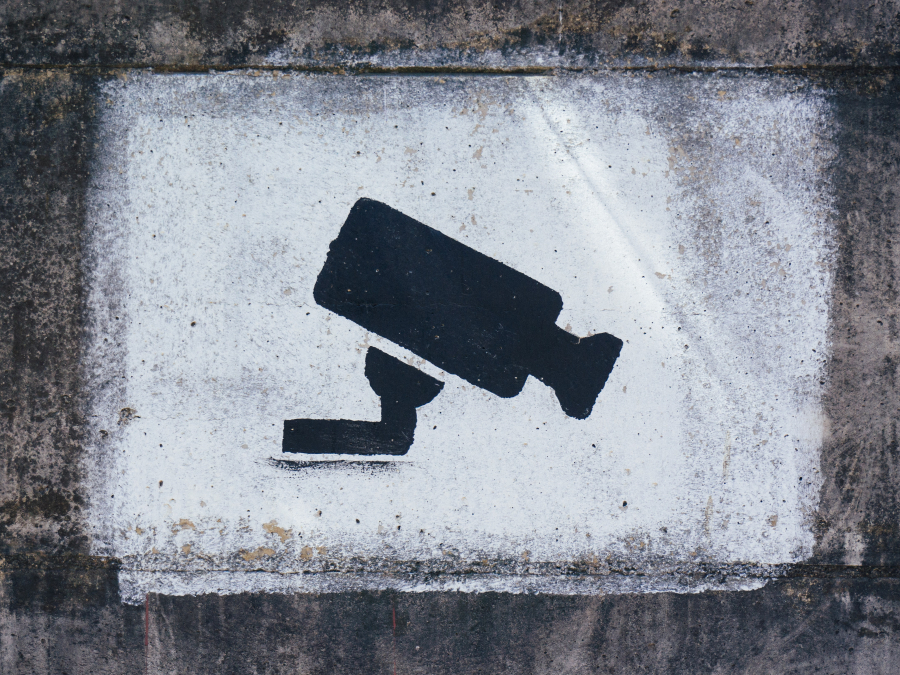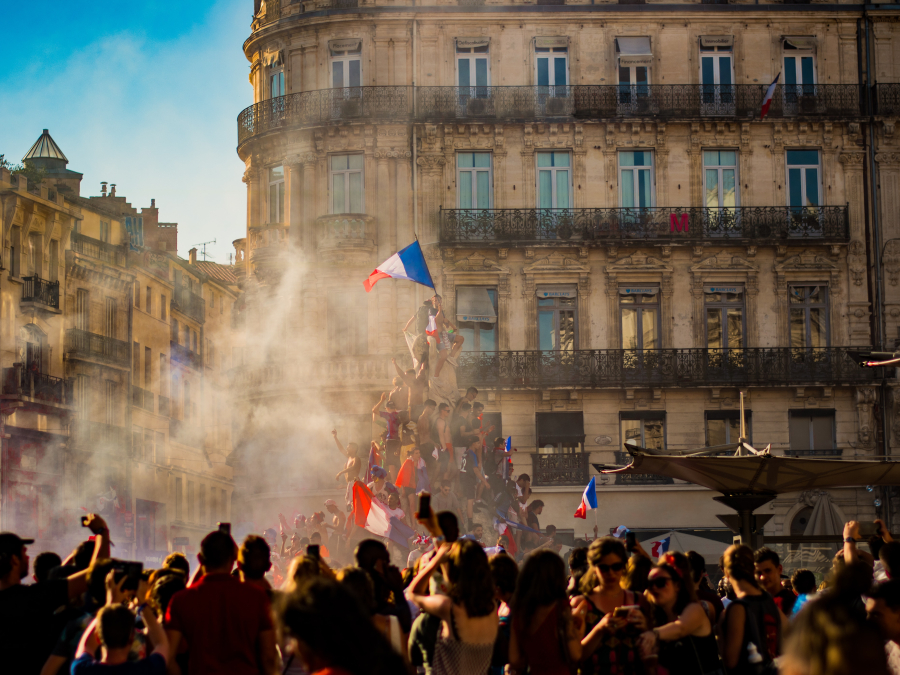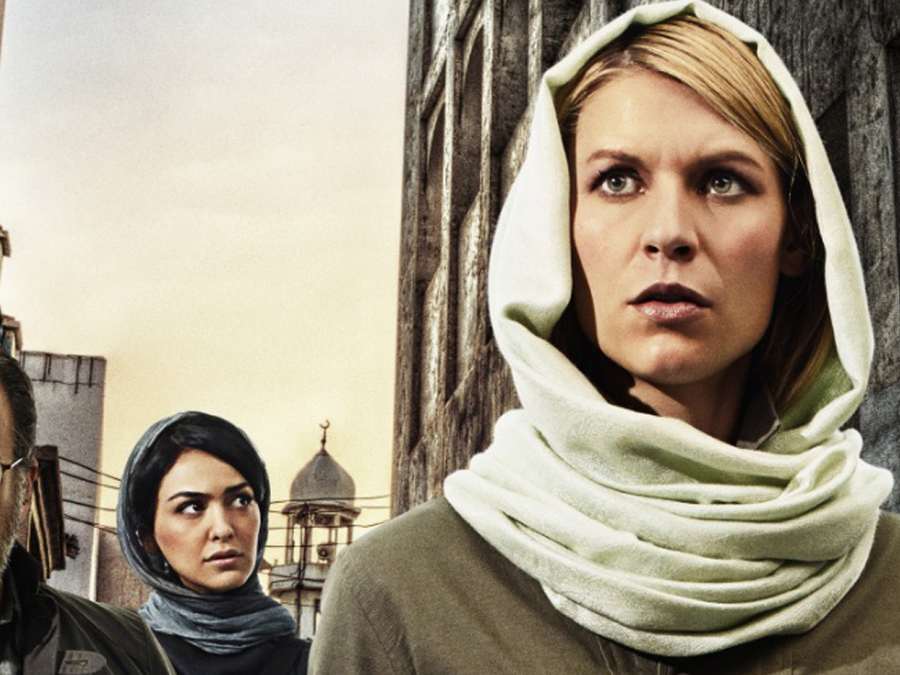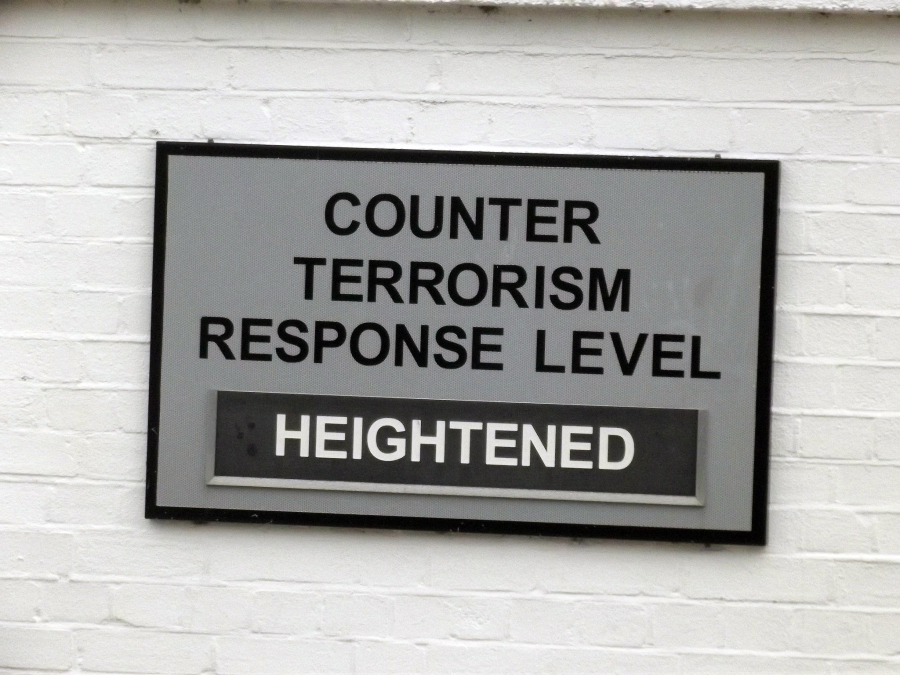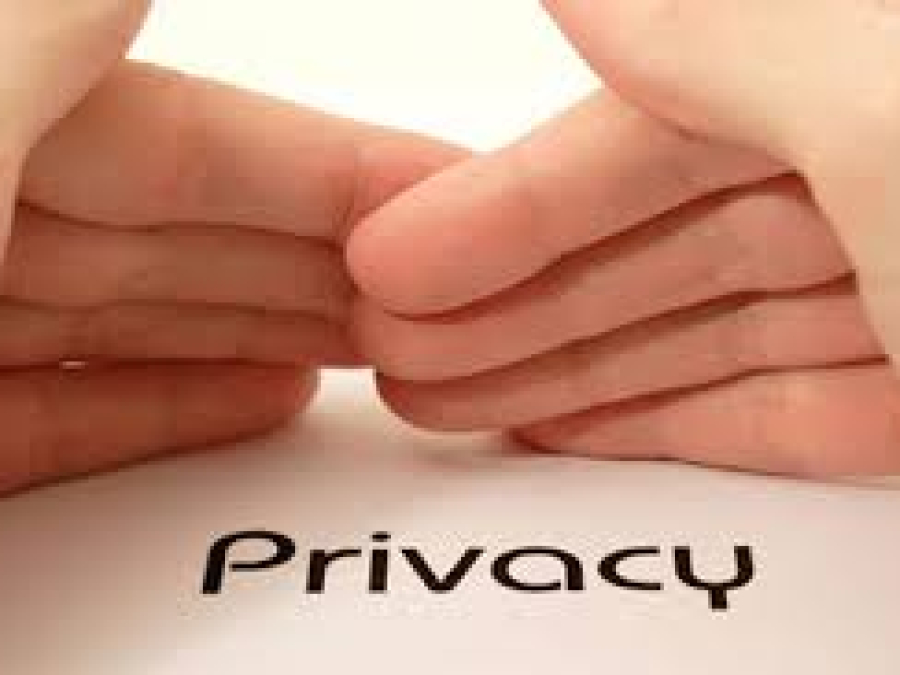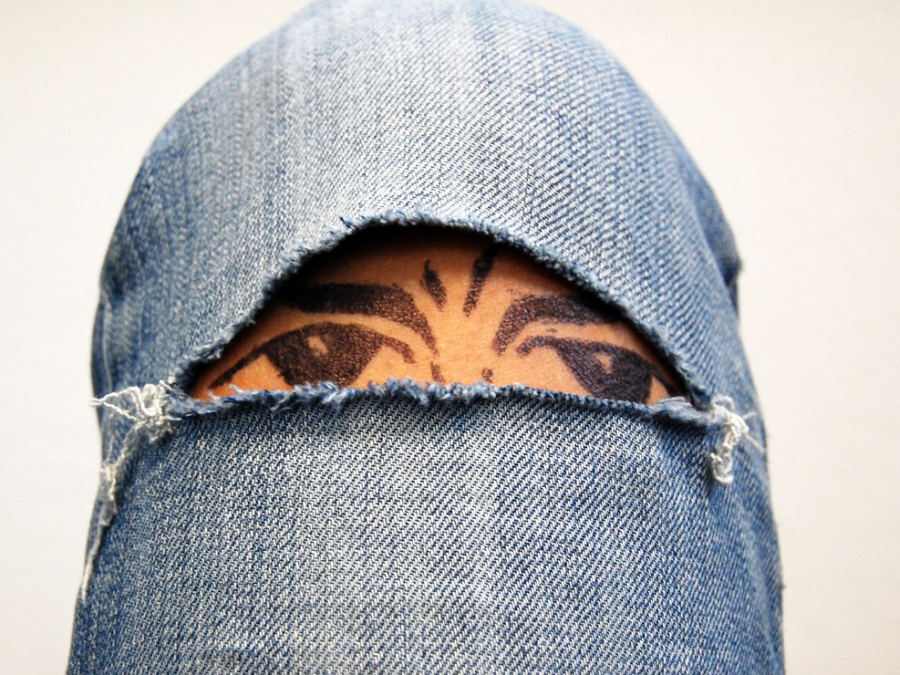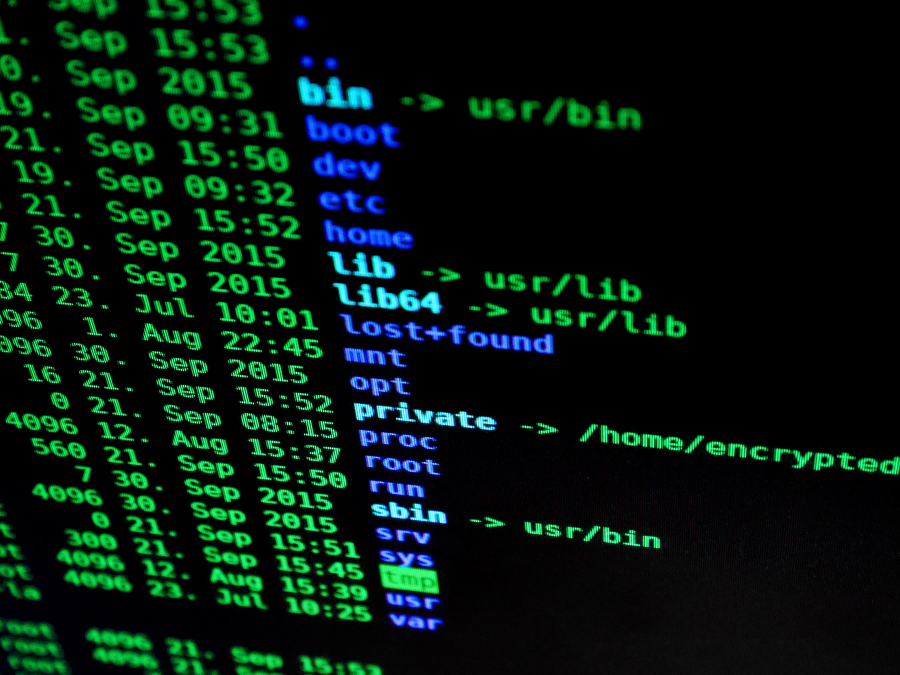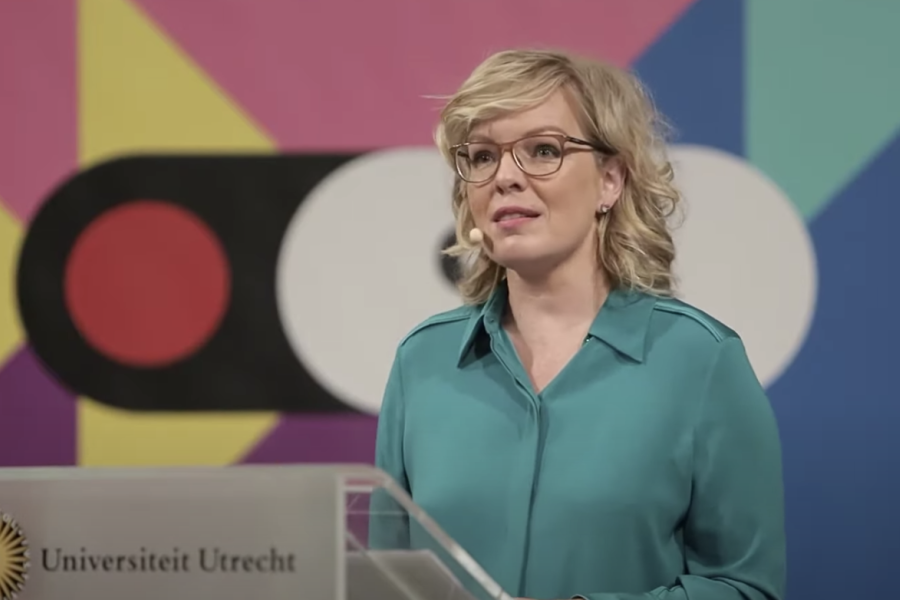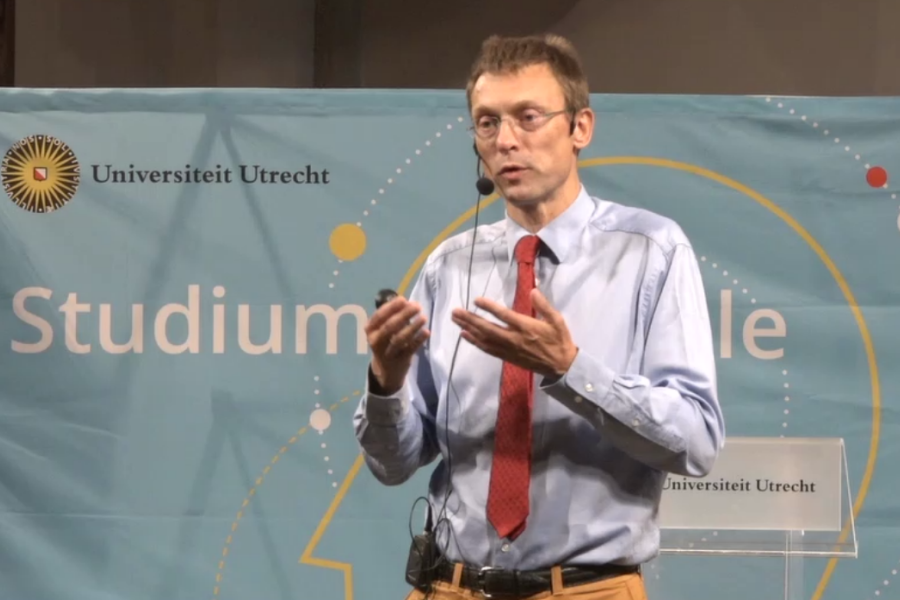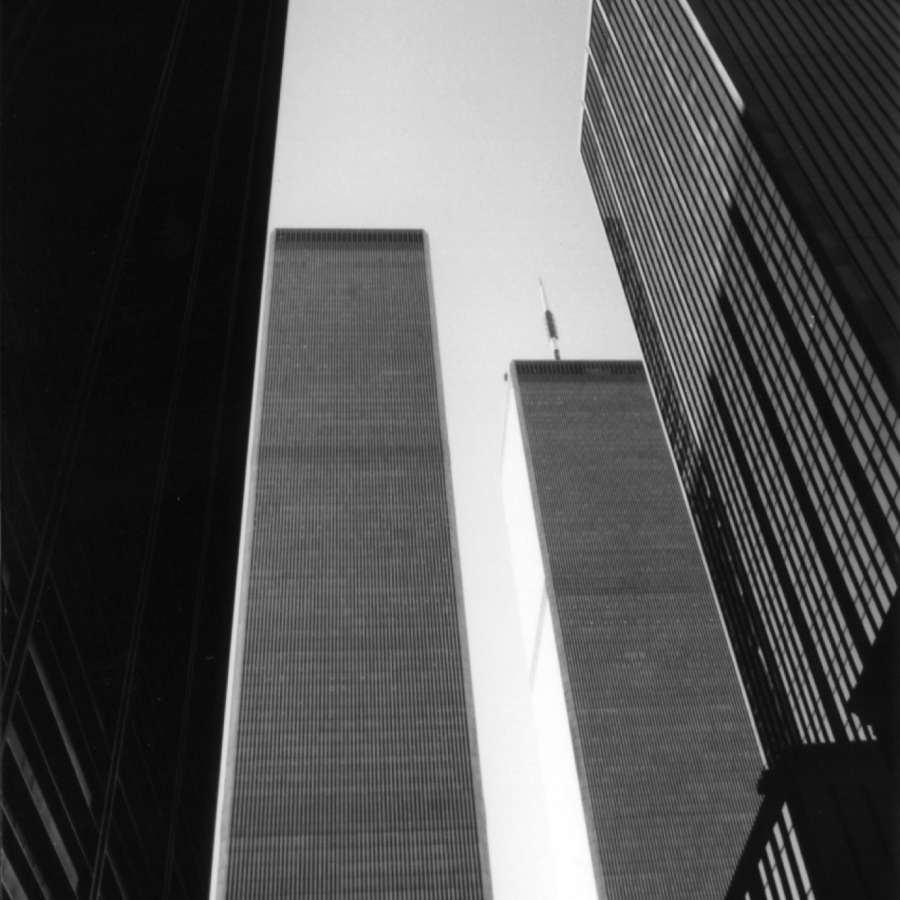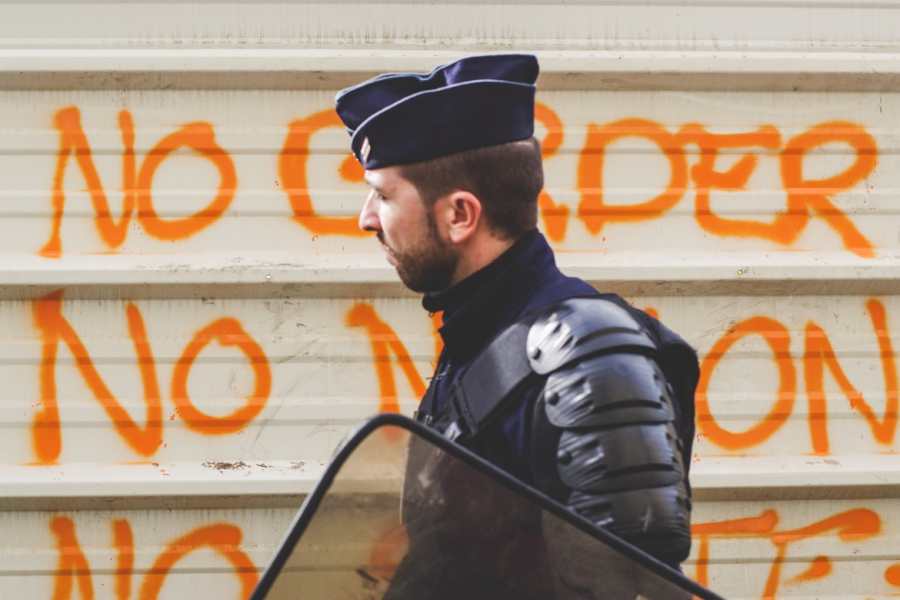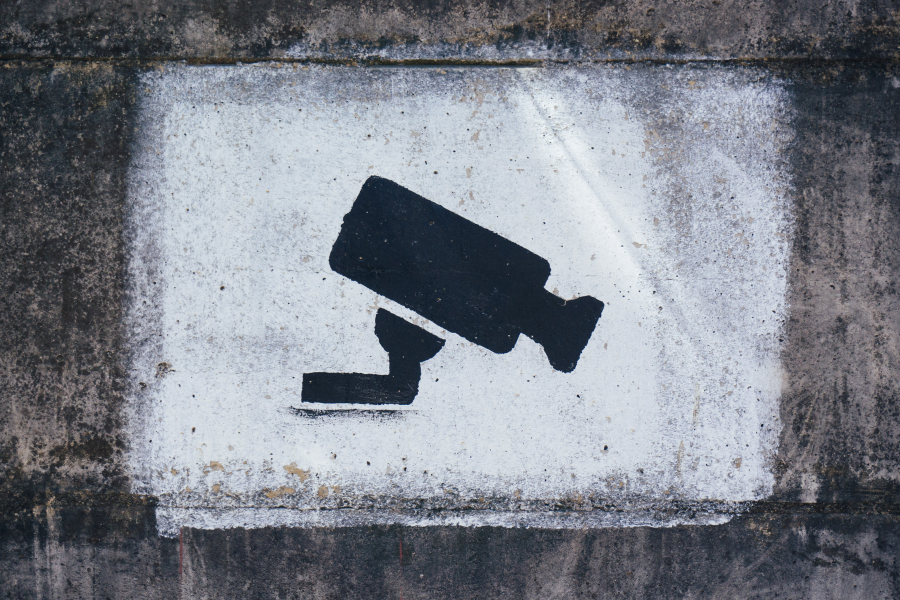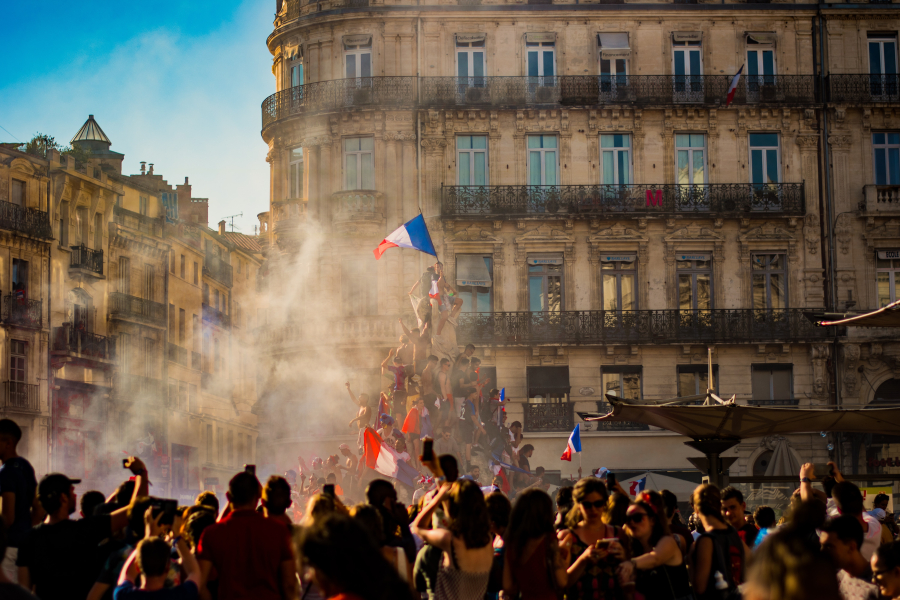The shady logic of the security list
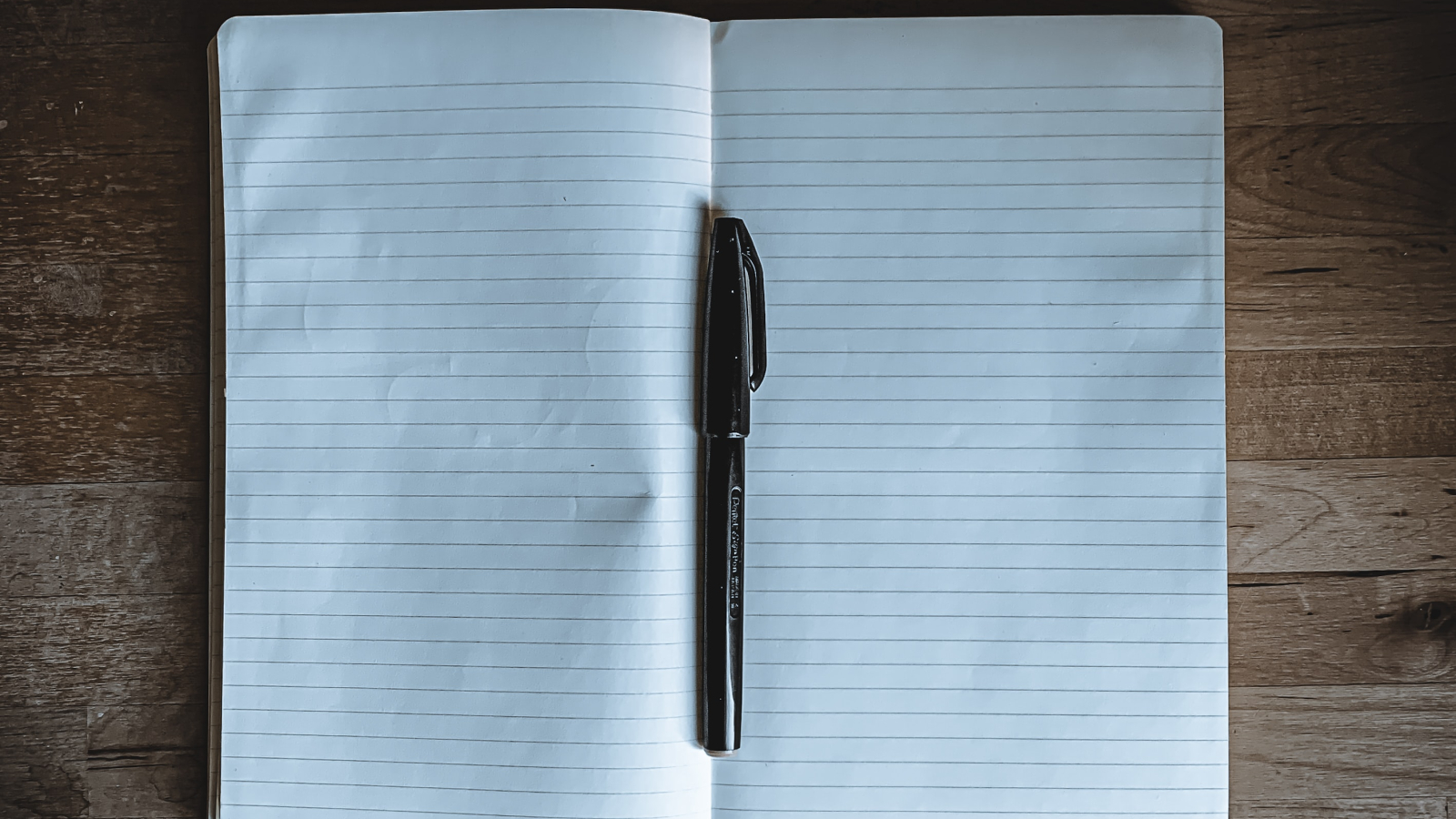
This October, news platform The Intercept released Facebook's secret blacklist of 'Dangerous Individuals and Organizations'. It contains people and organisations linked to terrorist and criminal organisations, or militarized social movements, who can get banned from the platform. In the same month, the Dutch Data Protection Authority revealed that the National Tax Authority has drawn up a list to help signal tax fraud, thereby transgressing privacy law on an unprecedented scale.
These are just two examples of the proliferation of lists in the world's security landscape. After 9/11, listing became a popular device for governments and non-governmental organizations to try to track down and disrupt terrorist activities. It seemed an efficient answer to new anxieties in the West. Political scientist prof. Marieke de Goede (UvA) studies the politics of the list. Who draws up these so-called blacklists? And have they indeed made the world a safer place?
The logic behind the list
Before addressing these questions, De Goede invites us to investigate the phenomenon of the list from a more general, philosophical perspective. The list is one of the most archaic forms of written communication, she says. What does it express? Imagine yourself on the day before going on vacation. Clothing, books, tubes of toothpaste and sunscreen are scattered all around. All these things will never fit in one suitcase. Moreover, you obviously do not need three sweaters and every single book in the Harry Potter series for only one week of holiday. So, how to get out of this mess? Draw up a packing list.
But not by randomly jotting down everything that passes your mind. A list comes with rules. Not everything may be written down. In case of a packing list, only those items that survived the question 'do I really need this for the upcoming week?' are allowed to enter the list. This means that all entries on the list have something in common. They belong to the same overlapping category: 'things I need for this holiday'. It's there for us to both collect and order information. Listing may cure the chaos and information overload in our heads. It gives us a feeling of control by framing the world in a certain way.
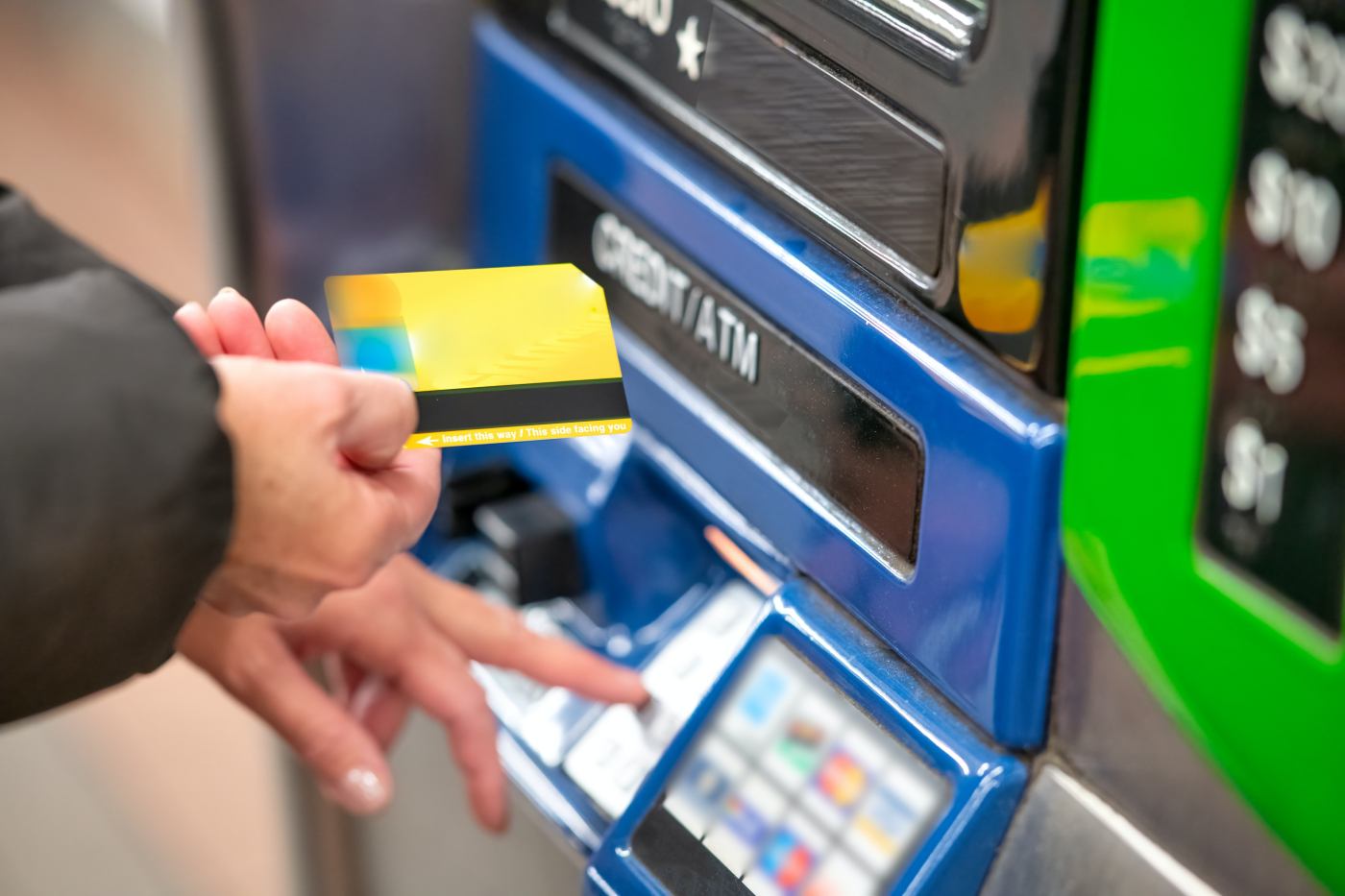
The list after 9/11
In this logic, De Goede finds reasons as to why the list, after 9/11, has become a key instrument in the War on Terror. After the attacks, the West was afraid and confused. Something was threatening the safety of societies, something had to be combatted. But what exactly was that 'something'? Was it Islam, Al Qaida, a certain ideology? The Western world had to deal with an unidentified, dispersed and ungraspable enemy. And what has proved itself for centuries to be an efficient way of dealing with complexity and uncertainty? Drawing up a list.
And that's what happened. After the attacks on the Twin Towers, both public and private security industries drew up lists of people who had to be watched or sanctionised to prevent future terrorist attacks, such as the UN Security Council list, the TIDE counterterrorism list and private industry watchlists as the WorldCheck financial list. They were seeking control in the chaotic security landscape and compiling lists of possible security threats seemed like a relatively easy way to begin.
But there's an important difference between these security lists and the packing list discussed before. As said, there was no agreed-on definition of a terrorist or terrorism, of who forms a threat and why. That means that there were no definite criteria: it wasn't clear from the start who should be on the list and who shouldn't. So, after 9/11 authorities started listing and developed the criteria along the way. Thereby creating a feeling of control, but who controls the criteria? Do all entries still meet them?
Camouflaged and uncontrolled chaos
The form of the list camouflages the chaos behind it. All security lists worldwide, both public and private, are nowadays entangled. To such extent, that control is scarce and complex. There's no central authority that assesses the lawfulness of listing procedures or detects so-called 'false positives'. It is extremely hard to detect why someone is put on a list and by whom. Let alone how to get off.
The Worldcheck financial security checklist is an infamous example. It is used by banks worldwide to prevent money flowing to terrorist organizations. Worldcheck gives the bank a sign when one of their clients is on the list. The bank freezes their account. Recent international research by several newspapers and journalistic platforms, has shown that Worldcheck's listing methods are questionable. With many innocent people as victim. Creditcards are blocked, no more access to ATM's, no way to close up mortgage for a house.
But, did the proliferation of the security list serve its initial goal? Did the world after 9/11 become a safer place? This question is not so easy to answer, says De Goede. We only hear about security lists when cases of misuse get covered in the media or are brought to court. Success stories rarely make it to the public. Whether or not terrorist attacks have been stopped thanks to the list and on what scale, is being hidden. So again: security lists operate mostly in the shadows.



